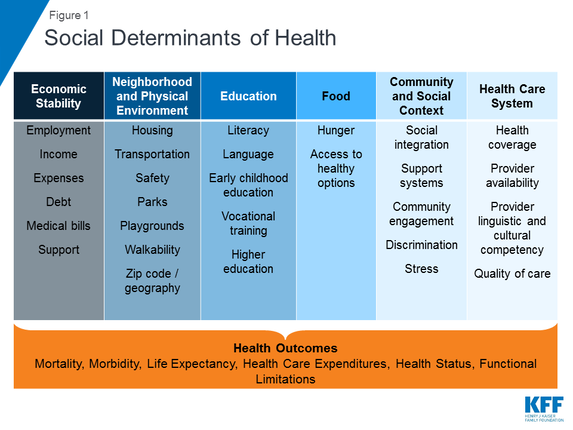This is an Eval Central archive copy, find the original at engagewithdata.com.
Every time I get frustrated with having to stay home – in my very comfortable apartment, with my husband and dog, and with fairly steady work – I’ve been trying to check myself. I keep thinking of my former student and imagining how difficult it must be to be confined to a space that may not be healthy, safe, or developmentally appropriate. I keep thinking about all the students I’ve known who love coming to school because there are people there who love them, two to three meals a day, and a sense of community. I keep thinking that I wish I knew how to help them all right now.
There is no question that low-income students struggle to get to school. (I wrote about this in my last blog post as well.) According to Attendance Works:
“Children living in poverty are two to three times more likely to be chronically absent—and face the most harm because their community lacks the resources to make up for the lost learning in school. Students from communities of color as well as those with disabilities are disproportionately affected.”
Making matters worse, black communities are disproportionately becoming victim to COVID-19. As one of the many social determinants of health, education joins other critical factors such as adequate housing, socioeconomic status, access to and coverage of healthcare, and more to comprise health outcomes for people and communities. As you can see in the chart below from the Kaiser Family Foundation, these factors have a profound impact on a person’s ability to live a healthy life.
“COVID is just unmasking the deep disinvestment in our communities, the historical injustices and the impact of residential segregation… This is the time to name racism as the cause of all of those things. The overrepresentation of people of color in poverty and white people in wealth is not just a happenstance.”
